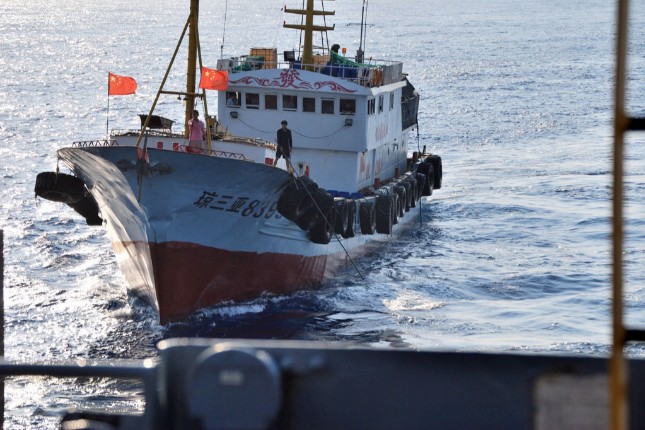-
Fish Wars, Deadly Dams, and Water Laws: Top Posts for August 2018
September 5, 2018 By Meaghan Parker
Are we headed for a global fish war? In our top post for August, Vulcan’s Johan Bergenas argues that “fish may become the newest addition to the list of resources driving geopolitical competition.” In “Like Water and Oil: Fish as a Geostrategic Resource,” he identifies five parallels between oil and fish that point to the need for a more sustainable fishing industry.
Water dominates this month’s most popular stories:
- Dams can be dangerous—and big dams can be deadly. Olivia Smith finds that the risks of dam failure are rising, “due to lack of investment in maintenance, growing vulnerability to climate change, and the demonstrated potential of cyberattacks.”
- In an interview, legal scholar Barbara Cosens calls for adjusting water laws in the Columbia River Basin—home to more than 250 hydroelectric dams–to better fit the changing conditions in the basin.
- Giulio Boccaletti of the The Nature Conservancy argues that one of the first tests for the wave of new nationalist leaders may be meeting the water needs of their countries.
And now for something completely different: “Driven to Care,” the second in Yuval Cohen’s three-part series on maternal health in conflict zones, looks at the challenge of closing the deadly gap between when a woman in labor decides to head to the hospital—and when she actually gets there.
1. Like Water and Oil: Fish as a Geostrategic Resource by Johan Bergenas
2. Big Dams, Big Damage: The Growing Risk of Failure by Olivia Smith
3. Water and Governance: Changing Water Laws in a Changing Climate by Elizabeth Herzfeldt-Kamprath
4. Water Security in a New Age of Nationalism by Giulio Boccaletti
5. Driven to Care: Improving Transportation to Reach Maternal Health Care in Conflict Zones by Yuval Cohen
Photo Credit: A crewmember on a Chinese trawler uses a grapple hook in an apparent attempt to snag the towed acoustic array of the U.S. military Sealift Command ocean surveillance ship USNS Impeccable. March 2009. U.S. Navy photo.
Topics: What You Are Reading
 A Publication of the Stimson Center.
A Publication of the Stimson Center.



